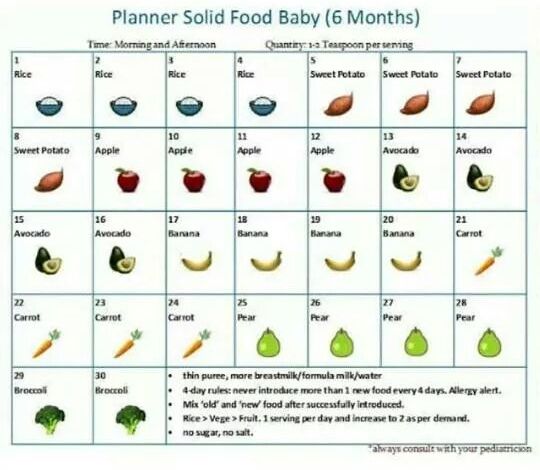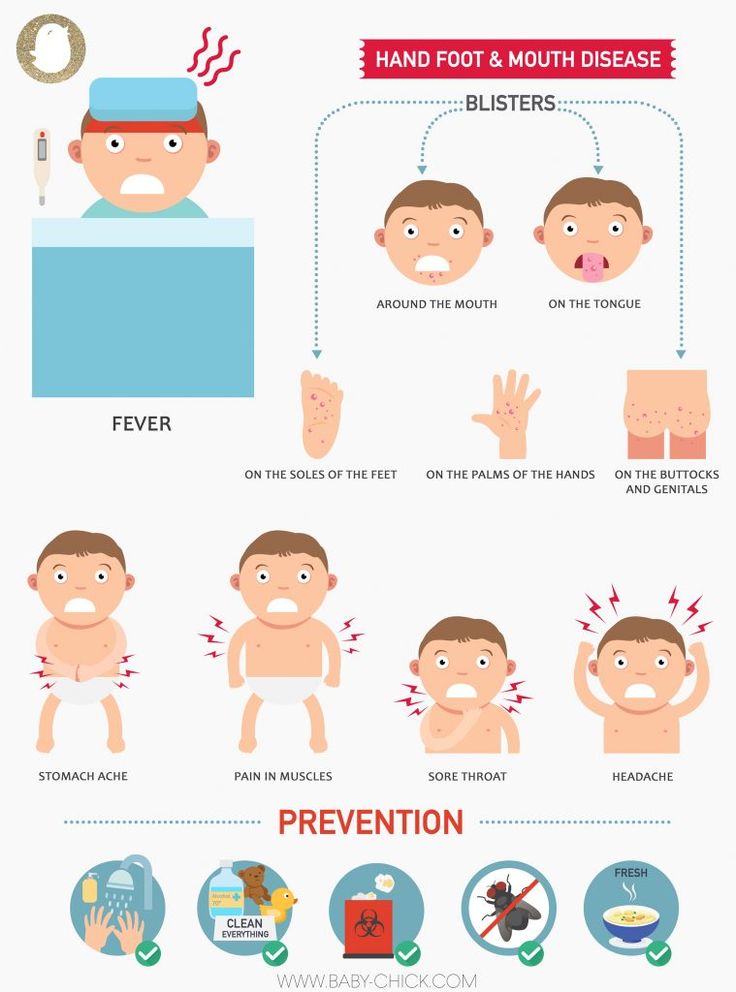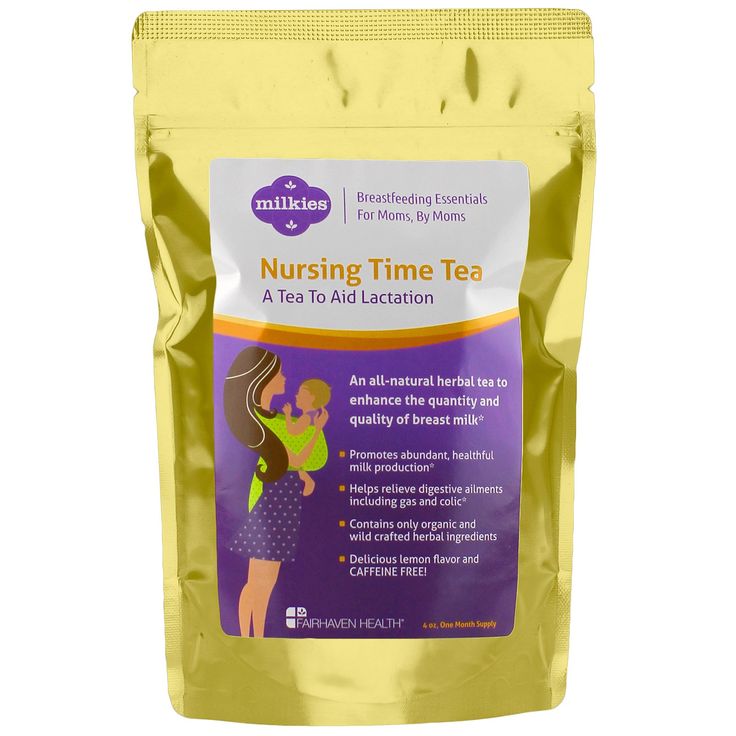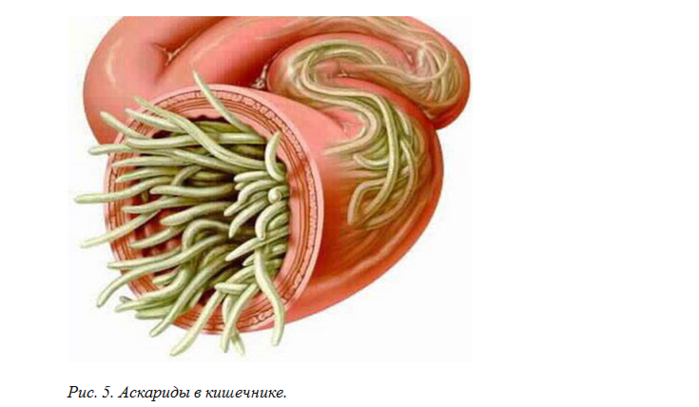Schedule for solid foods
Sample Schedules for Starting Solids (6 to 12 Months)
Looking for sample schedules for starting solids? Ideas for how to introduce solids on a schedule. Including sample feeding schedule for 6 months old and beyond.
Ready to start solids with your babe? This is an exciting time!
Here’s everything you need to know about introducing solids safely including sample schedules for starting solids from 6 months to 12 months, plus recommended menu items.
Is Baby Ready for Solids?
The most important thing to consider as your baby approaches the 4-6 month mark, is whether they are showing signs of feeding readiness.
This includes things like:
- Baby is 6 months old (there is no benefit to starting solids before 4 months at the earliest)
- They are interested in food they see around them
- Baby is losing their tongue thrust reflex that keeps food out of their mouth
- They are sitting up on their own for at least 60 seconds at a time
If your baby is showing these signs, great! It’s time to start introducing some solids.
Note that baby should continue receiving breast milk and/or formula for at least the first year of life, as you begin the transition to solid foods.
What Are the Benefits of Solids?
Eventually, your baby’s diet will be predominantly solid foods, but it takes some time to get there.
Solid foods expose your baby to a wide variety of textures, shapes, consistencies, and colors. They’re also important for nutrition, providing an array of vitamins, minerals, fiber, protein, fat, and energy.
Eating solids is also important for physical growth and development. As your baby matures, they become prepared to try new foods and get more of their nutrients from solids than breast milk/formula.
Plus, it’s fun to play with and try new foods!
However you decide to introduce solids – using a traditional spoon-feeding/puree approach or a baby-led weaning approach – your baby benefits from the nutrition and exposure.
Recommended Solid Foods for Babies
Below are some nutritious first foods that have worked well for us:
- Tofu
- Avocado
- Oatmeal
- Hummus
- Pancakes
- Soft fruits, like bananas, kiwi, mango
- Soft-cooked vegetables, like zucchini, sweet potato, and broccoli
- Beans, peas, lentils
- Toast, cut into strips
As you design your baby’s menu, these are some great nutrient-dense foods to incorporate that can also be prepared and served in an age-appropriate way.
For a list of foods to avoid when starting solids, see this blog post.
Sample Schedules for Starting Solids
How you choose to design your baby’s solid feeding schedule depends on several things, including what your daily routine looks like.
We recommend beginning with 1 solid food meal per day for 6-month-old babes and increasing to 3 meals per day for 9-month-old babies.
Between these milestones, continue to slowly add new foods and increase how many meals/snacks you’re offering.
By 12 months old, your baby will be eating 3 meals and a few snacks per day of solid foods, using breast milk and/or milk/milk alternatives (e.g., fortified unsweetened soy or pea milk) as needed.
Keep in mind that it can take 10-15 times of offering a food before a baby even tries it, or decides whether they like it. If your baby doesn’t seem to be interested in a certain food, keep offering.
Below are a few example feeding schedules for offering solids to babes at least 6 months old.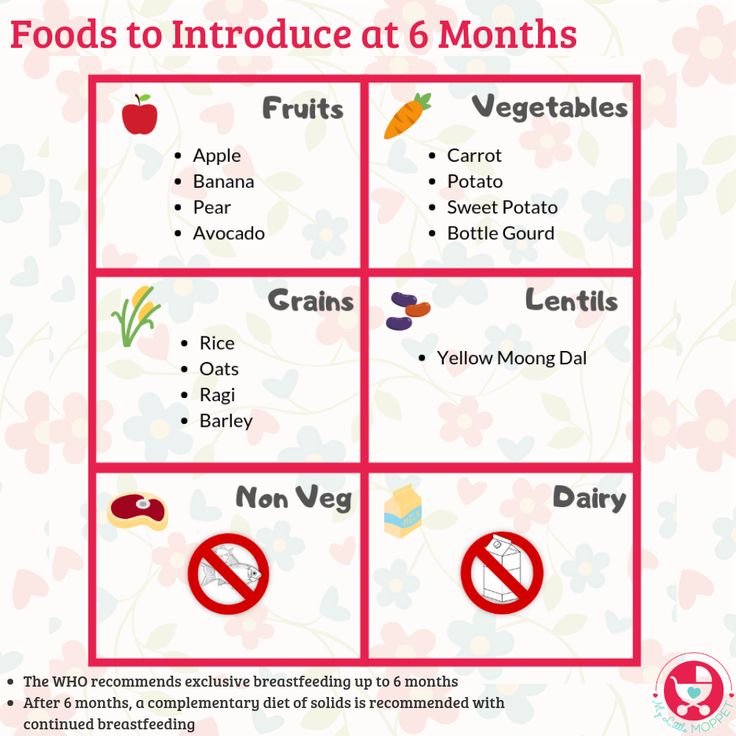
Feeding Schedule for 6 Months
- 7am: Breastfeed/bottle feed
- 8am: Breakfast – Iron-fortified baby oat cereal, peeled sliced peaches, avocado strips
- 11am: Breastfeed/bottle feed
- 2pm: Breastfeed/bottle feed
- 5pm: Breastfeed/bottle feed
- 7pm: Breastfeed/bottle feed
Note that you may continue to breastfeed/bottle feed babies this age during the night if they are still waking up.
Feeding Schedule for 9 Months
- 7am: Breastfeed/bottle feed
- 8am: Breakfast – Pancake strips, chopped raspberries and bananes
- 11am: Breastfeed/bottle feed
- 12pm: Lunch – Penne pasta with tomato sauce, green peas, melon slices with skin and seed removed
- 3pm: Breastfeed/bottle feed
- 5pm: Breastfeed/bottle feed
- 6pm: Dinner – Smashed black beans, tofu strips drizzled with thinned nut butter, sliced orange sections with outer membranes and pith removed
- 7pm: Breastfeed/bottle feed
Feeding Schedule for 12 Months
- 7am: Breast milk or milk/milk alternative
- 8am: Breakfast – Toast strips with mashed avocado, half of a banana (remove 2 inches of the skin, leaving the rest of the peel for easy handling)
- 10am: Mid-morning snack – chopped watermelon, diced grapes, hummus
- 12pm: Lunch – Quinoa-based veggie burger patty, steamed cauliflower and beet strips
- 3pm: Afternoon snack + breast milk or milk/milk alternative
- 6pm: Dinner – Lightly fried tempeh strips, kidney beans, roasted sweet potato cubes, steamed cucumber
- 7pm: Breast milk or milk/milk alternative
We hope these sample schedules for starting solids are helpful when your baby is ready for first foods. When you introduce solids on a schedule, this can help alleviate some of the stress of feeding while nourishing your baby well. Have fun with it!
When you introduce solids on a schedule, this can help alleviate some of the stress of feeding while nourishing your baby well. Have fun with it!
Chime In: If you’ve already done solids with your babe, what has your schedule looked like? Any other tips for new parents?
If you found this post helpful, we suggest you read these too:
- Spoon Feeding vs. Baby-Led Weaning
- Do Babies Really Need 11mg of Iron a Day?
- Plant-Based Baby-Led Weaning Grocery List
- How to Wean Baby to Plant-Based Milk
When, What, and How to Introduce Solid Foods | Nutrition
For more information about how to know if your baby is ready to starting eating foods, what first foods to offer, and what to expect, watch these videos from 1,000 Days.
The Dietary Guidelines for Americans and the American Academy of Pediatrics recommend children be introduced to foods other than breast milk or infant formula when they are about 6 months old. Introducing foods before 4 months old is not recommended. Every child is different. How do you know if your child is ready for foods other than breast milk or infant formula? You can look for these signs that your child is developmentally ready.
Introducing foods before 4 months old is not recommended. Every child is different. How do you know if your child is ready for foods other than breast milk or infant formula? You can look for these signs that your child is developmentally ready.
Your child:
- Sits up alone or with support.
- Is able to control head and neck.
- Opens the mouth when food is offered.
- Swallows food rather than pushes it back out onto the chin.
- Brings objects to the mouth.
- Tries to grasp small objects, such as toys or food.
- Transfers food from the front to the back of the tongue to swallow.
What Foods Should I Introduce to My Child First?
The American Academy of Pediatrics says that for most children, you do not need to give foods in a certain order. Your child can begin eating solid foods at about 6 months old. By the time he or she is 7 or 8 months old, your child can eat a variety of foods from different food groups. These foods include infant cereals, meat or other proteins, fruits, vegetables, grains, yogurts and cheeses, and more.
If your child is eating infant cereals, it is important to offer a variety of fortifiedalert icon infant cereals such as oat, barley, and multi-grain instead of only rice cereal. Only providing infant rice cereal is not recommended by the Food and Drug Administration because there is a risk for children to be exposed to arsenic. Visit the U.S. Food & Drug Administrationexternal icon to learn more.
How Should I Introduce My Child to Foods?
Your child needs certain vitamins and minerals to grow healthy and strong.
Now that your child is starting to eat food, be sure to choose foods that give your child all the vitamins and minerals they need.
Click here to learn more about some of these vitamins & minerals.
Let your child try one single-ingredient food at a time at first. This helps you see if your child has any problems with that food, such as food allergies. Wait 3 to 5 days between each new food. Before you know it, your child will be on his or her way to eating and enjoying lots of new foods.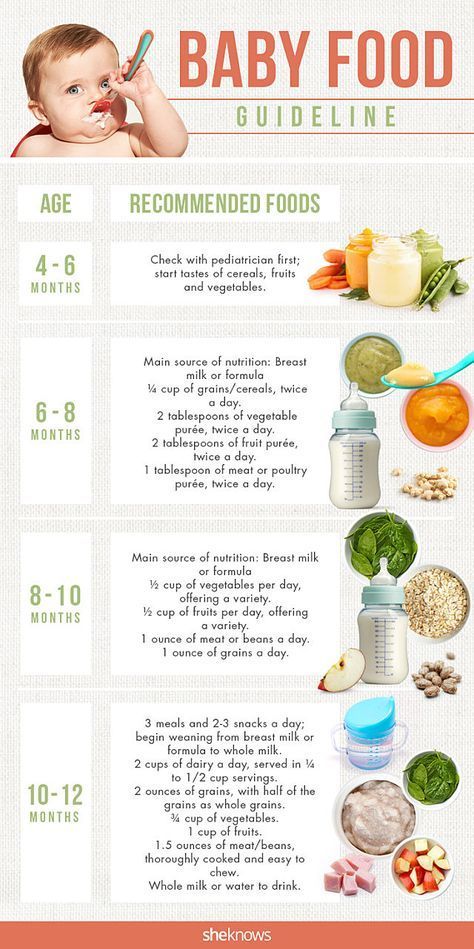
Introduce potentially allergenic foods when other foods are introduced.
Potentially allergenic foods include cow’s milk products, eggs, fish, shellfish, tree nuts, peanuts, wheat, soy, and sesame. Drinking cow’s milk or fortified soy beverages is not recommended until your child is older than 12 months, but other cow’s milk products, such as yogurt, can be introduced before 12 months. If your child has severe eczema and/or egg allergy, talk with your child’s doctor or nurse about when and how to safely introduce foods with peanuts.
How Should I Prepare Food for My Child to Eat?
At first, it’s easier for your child to eat foods that are mashed, pureed, or strained and very smooth in texture. It can take time for your child to adjust to new food textures. Your child might cough, gag, or spit up. As your baby’s oral skills develop, thicker and lumpier foods can be introduced.
Some foods are potential choking hazards, so it is important to feed your child foods that are the right texture for his or her development. To help prevent choking, prepare foods that can be easily dissolved with saliva and do not require chewing. Feed small portions and encourage your baby to eat slowly. Always watch your child while he or she is eating.
To help prevent choking, prepare foods that can be easily dissolved with saliva and do not require chewing. Feed small portions and encourage your baby to eat slowly. Always watch your child while he or she is eating.
Here are some tips for preparing foods:
- Mix cereals and mashed cooked grains with breast milk, formula, or water to make it smooth and easy for your baby to swallow.
- Mash or puree vegetables, fruits and other foods until they are smooth.
- Hard fruits and vegetables, like apples and carrots, usually need to be cooked so they can be easily mashed or pureed.
- Cook food until it is soft enough to easily mash with a fork.
- Remove all fat, skin, and bones from poultry, meat, and fish, before cooking.
- Remove seeds and hard pits from fruit, and then cut the fruit into small pieces.
- Cut soft food into small pieces or thin slices.
- Cut cylindrical foods like hot dogs, sausage and string cheese into short thin strips instead of round pieces that could get stuck in the airway.
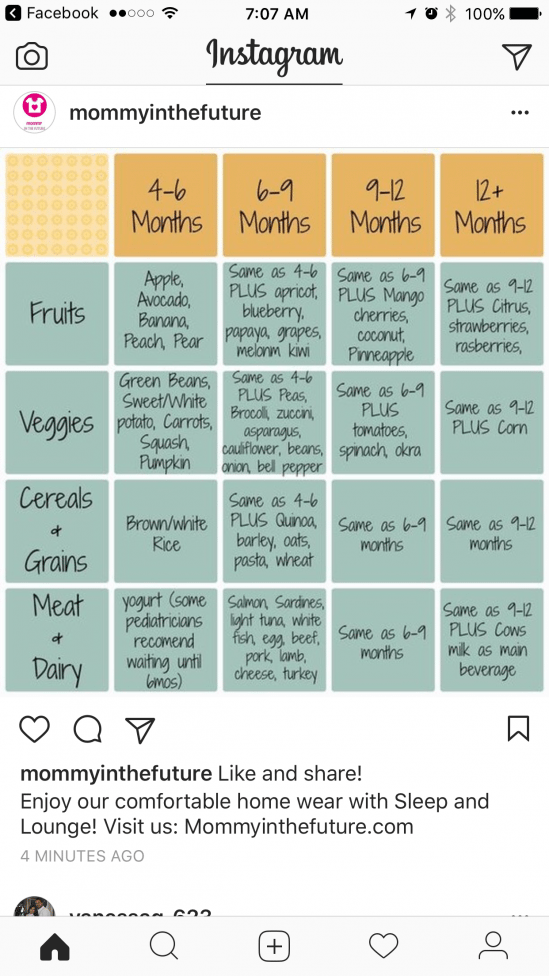
- Cut small spherical foods like grapes, cherries, berries and tomatoes into small pieces.
- Cook and finely grind or mash whole-grain kernels of wheat, barley, rice, and other grains.
Learn more about potential choking hazards and how to prevent your child from choking.
Top of Page
Solid food: practical advice on administration
Submitted by Mironova Irina on Wed, 12/29/2021 - 04:56 PM
Feeding Timing: Tips for Introducing Solid Foods
When introducing solid foods to a baby's diet, schedules and menus can be quite flexible. Here are some tips to help you:
- Choose a time of day when you and your child are calm, relaxed and not in a hurry.
- Wash hands, spoons, bowls and plates before eating or preparing food; sterilization is not necessary.
- Sit your baby in a high chair or safe place and spoon feed.
- Give your baby a spoon to try on his own. A method may work when both you and the child have a spoon.
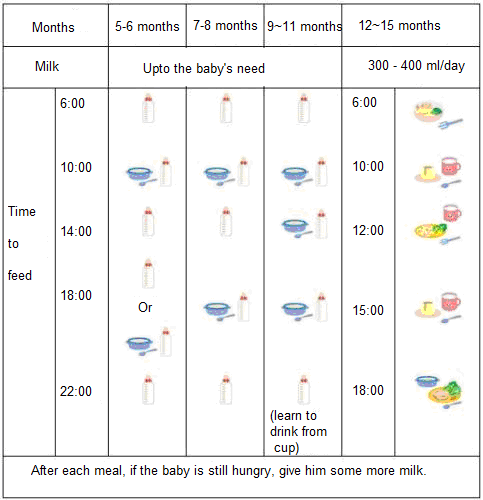
- Give your baby soft food to try on his own.
When is the best time to start introducing solid foods? When you notice signs of readiness in a child. As a rule, this happens at the age of about six months, but not before four months.
Tips for getting your baby interested in solid foods
By the time your baby is 12 months old, they should be eating the same healthy foods as the rest of the family. Here are some ideas for getting your toddler interested in new foods after he has started eating solid foods:
- Offer foods that your child is interested in, that is, those that he is reaching for or looking at.
- Talk to your baby about the food he eats: say what it is, what color it is, how it tastes, where it grows and how you cooked it.
- Invite your child to taste what is on your plate to introduce him to the taste of home cooking. This is a good time to think about what you eat and enjoy healthy food as a family.
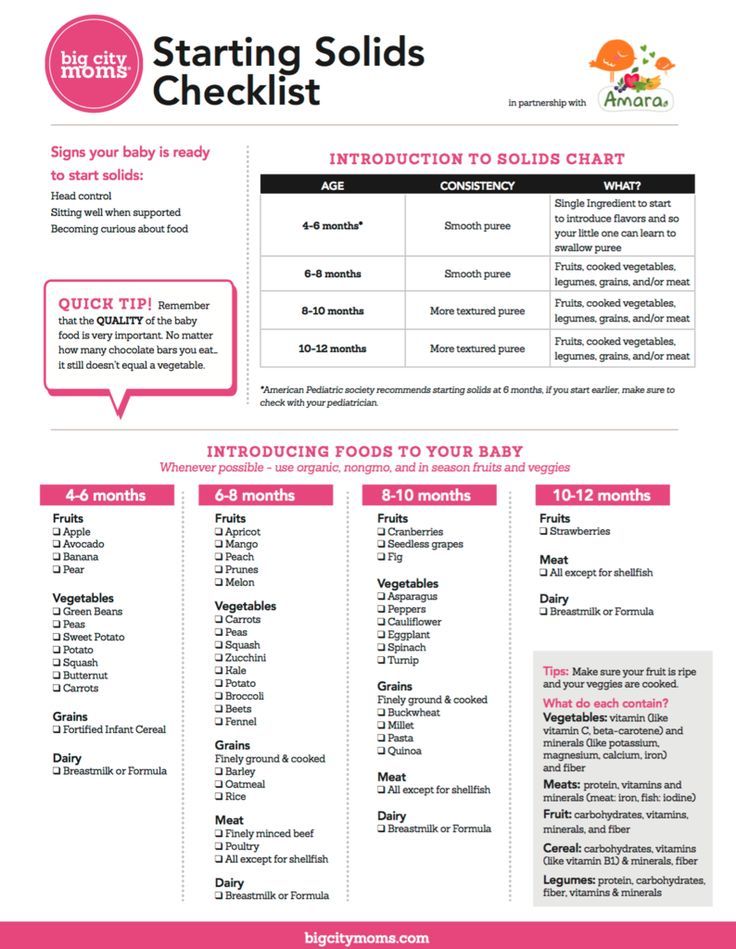
- When your baby starts to eat more solid food, if possible, feed him at a time when others are also at the table. Children tend to be more interested in food when other family members are also eating.
- Should be guided by the level of interest and appetite of the child. Your baby's appetite changes from day to day - this is normal.
- If your child refuses a new food, simply offer it the next day. Sometimes babies and children older need to try new food more than 10 times before they accept it.
It is normal for a child to make faces when trying new foods. When a child makes faces, this does not mean that he does not like the food offered.
Games and mess during meals: how to deal with them
It is natural that the child eats very slowly and creates some confusion. This is because eating is a skill that toddlers need to learn. They also learn how to bring food to their mouths.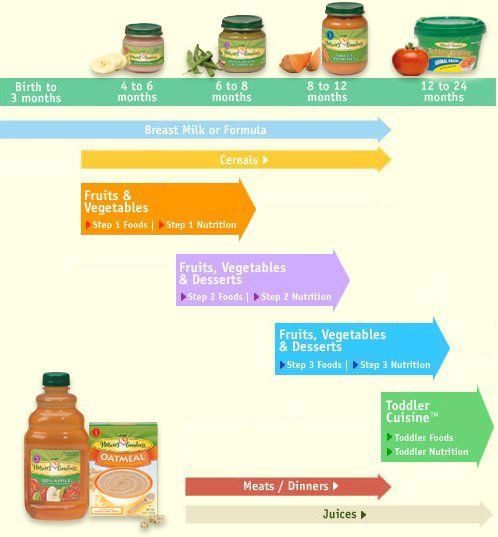 In addition, by touching new food and playing with it, children learn about the world around them.
In addition, by touching new food and playing with it, children learn about the world around them.
Here are a few ideas to help you make the best use of mealtime and deal with messy eating:
- Encourage your child to "explore" food with their hands. This forms skills in other areas of development, in particular fine motor skills and thinking.
- Try to remain calm and patient with the mess your baby has made. So he will get pleasure from food.
- Make cleaning easier by placing newspaper or polyethylene under the high chair and have a washcloth handy when your baby is eating.
Starting solid food is much more than just eating. Once a child has started eating solid food, table time turns into family gatherings where you can talk, listen and interact with each other.
Australian Article
On
Cover Image
Image
Kids%20Cooking_0.JPG
Category
Power
Child Age
5-6 months
7–9 months
Child Gender
Parent Gender
Generic Content
9000 OFF 9000 OFF 9000 OFF 9000 OFF 9000 OFF 9000 OFFPremature Content
Off
Mandatory Content
Off
causes and treatment of indigestion
Symptoms of indigestion
Indigestion can manifest itself in different ways.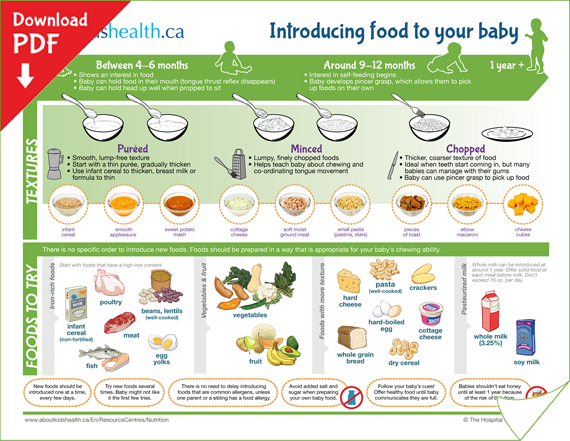 For example, pain and a feeling of heaviness in the stomach, heartburn, belching, bloating, as well as a loud "rumbling" in it, stool changes and other symptoms. In some cases, mild nausea may appear, which is described by the word "disturbs" 1, 2 .
For example, pain and a feeling of heaviness in the stomach, heartburn, belching, bloating, as well as a loud "rumbling" in it, stool changes and other symptoms. In some cases, mild nausea may appear, which is described by the word "disturbs" 1, 2 .
In any case, it is important to monitor the frequency, duration and time of occurrence of complaints 4 : whether they are associated with food intake or occur on an empty stomach, as well as the time from the moment of eating to the appearance of the first such symptoms. Knowing this, it is easier to guess what may cause digestion problems 1 .
So, for example, if complaints appear immediately or half an hour after a meal, then the work of the upper sections of the gastrointestinal tract (GIT) may be disrupted: the esophagus, stomach, duodenum. Thus, functional dyspepsia can manifest itself. At the same time, for a number of diseases of the upper gastrointestinal tract, pain is also characteristic between meals or even at night 1, 2 .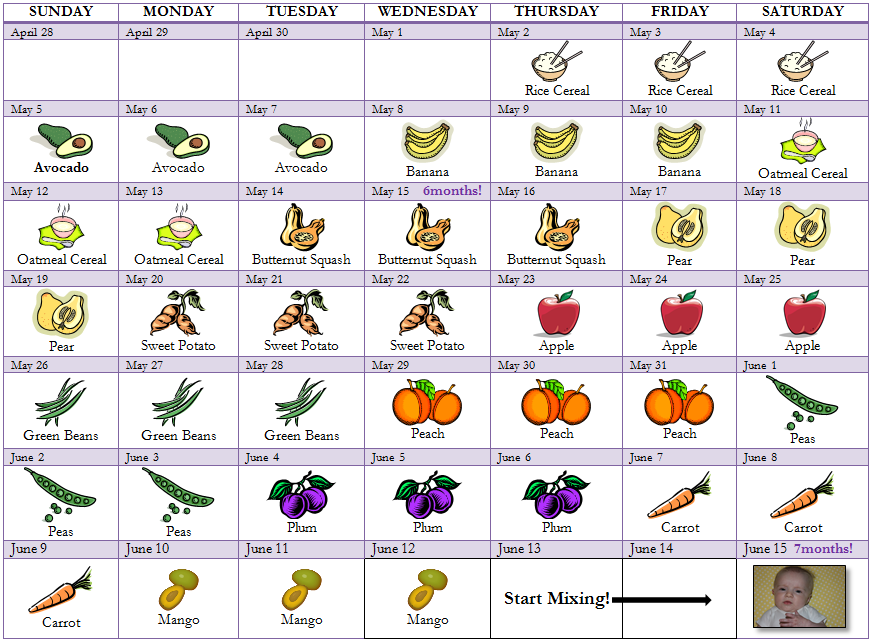
If complaints are also related to eating and include upset stools, increased gas and bloating, then they may be caused by impaired intestinal motility, enzyme deficiency or microbial imbalance 1, 2, 4 .
So, for example, if complaints appear immediately or half an hour after a meal, then the work of the upper sections of the gastrointestinal tract (GIT) may be disrupted: the esophagus, stomach, duodenum. Thus, functional dyspepsia can manifest itself. At the same time, for a number of diseases of the upper gastrointestinal tract, pain is also characteristic between meals or even at night 1, 2 .
If complaints are also related to eating and include upset stools, increased gas and bloating, then they may be caused by impaired intestinal motility, enzyme deficiency or microbial imbalance 1, 2, 4 .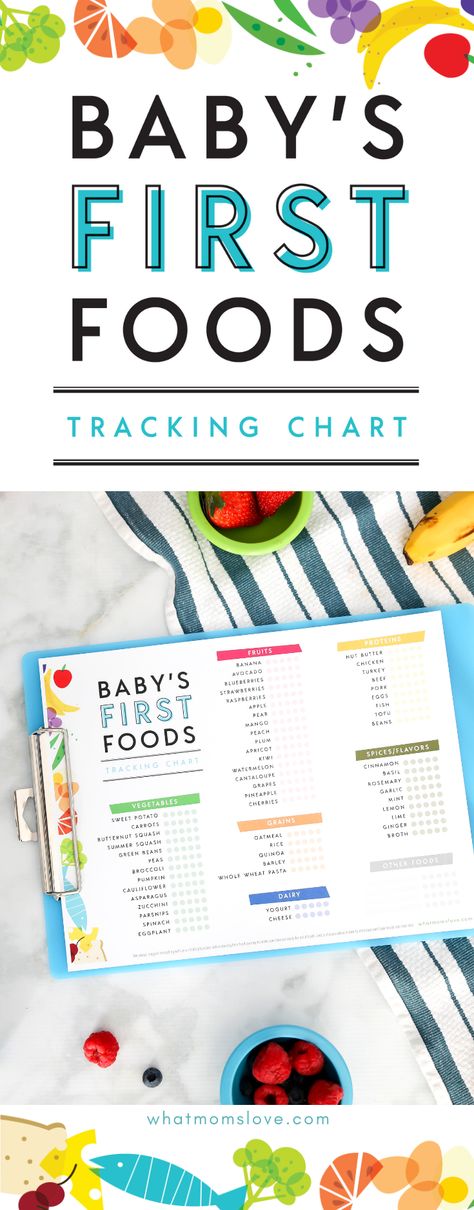
Possible causes of impaired digestion
Insufficient chewing
Digestion starts in the mouth. If a person cannot chew food thoroughly, it is not sufficiently crushed in the oral cavity, and the food bolus is not sufficiently fermented by saliva. This can make it difficult for food to pass through the esophagus, causing it to become overly irritated. In addition, dry food stays longer in the stomach, is more slowly absorbed by gastric juice and digestive enzymes, disrupting the digestion of food 2, 4, 5 .
Overeating
7 Food will stay in the stomach for some time. For its processing, the body spends resources that need recovery. If a person constantly snacks, not following the meal schedule, then the digestive organs can work with "overload", which, as a result, can increase the risk of failures in their work 1, 7 .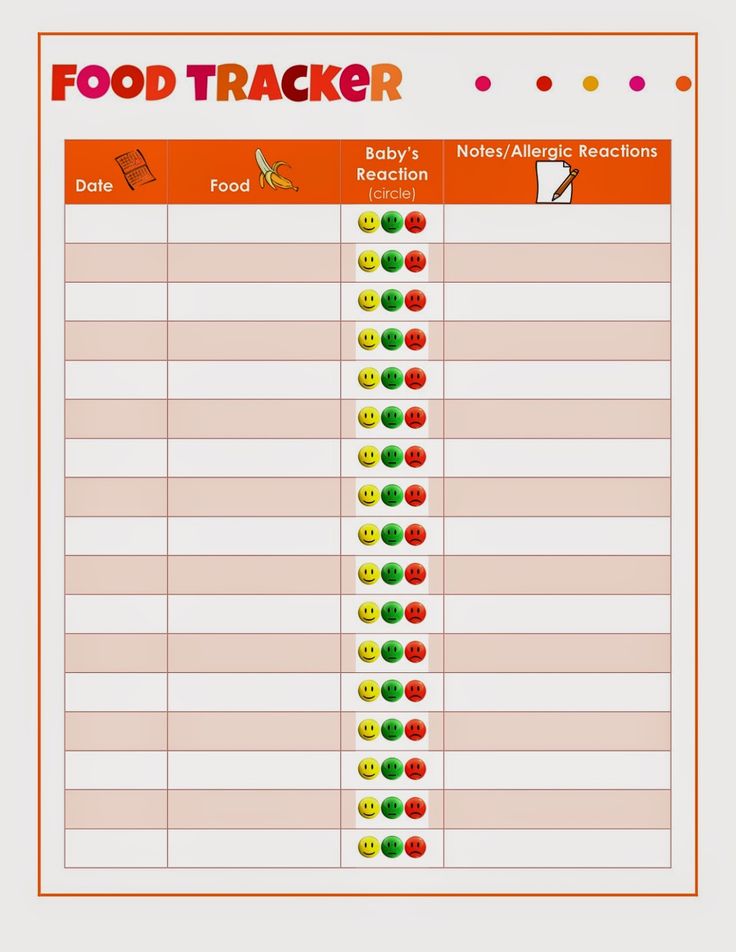
Food on the run
Food taken on the run may be poorly chewed. In addition, the rapid rate of food absorption may be associated with the involuntary swallowing of large amounts of air. And this can cause belching 1, 2, 4, 6 .
Skipping breakfasts and late dinners
8, 9There is a concept of "circadian rhythms". At different times of the day, the gastrointestinal tract and its enzymes can work with less or more intensity. These cycles are partly related to the alternation of periods of daytime activity and nighttime rest. Frequent or persistent disruption of these cycles can also cause poor digestion 10 .
Most of the factors and causes mentioned above that are not related to diseases can be eliminated by organizing a proper diet, normalizing the psychological state, and forming healthy habits 2 .
Other factors that can impair digestion
Incorrect composition and processing of food
Healthy digestion is ensured not only by adjusting the diet.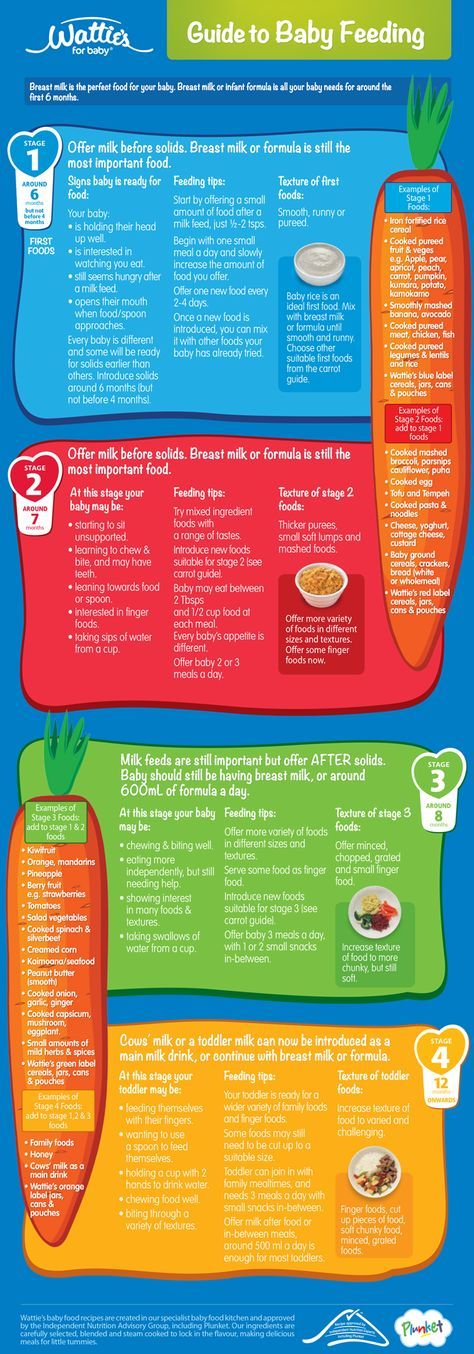 The diet may include too much fatty, salty, fried or smoked foods, fiber, or foods that stimulate excess bile secretion 2, 3 . All this can create an additional burden on the digestive organs, so a sufficient amount of enzymes is needed to promote the most complete digestion of "heavy" food 2, 4 .
The diet may include too much fatty, salty, fried or smoked foods, fiber, or foods that stimulate excess bile secretion 2, 3 . All this can create an additional burden on the digestive organs, so a sufficient amount of enzymes is needed to promote the most complete digestion of "heavy" food 2, 4 .
Self-medication
Medicines and traditional medicines in normal or in violation of the rules of their intake can cause indigestion 2 . People with symptoms of dyspepsia should be very careful when taking various medications, such as non-steroidal anti-inflammatory drugs 1, 3 .
Unhealthy lifestyle
Lack of or too much sleep, physical inactivity, smoking, alcohol, fast food and prepared snacks can also have a bad effect on the gastrointestinal tract 1, 3, 9 .
Nervous tension
Sometimes disturbed digestion can be associated with an “overstrain” of the human nervous system.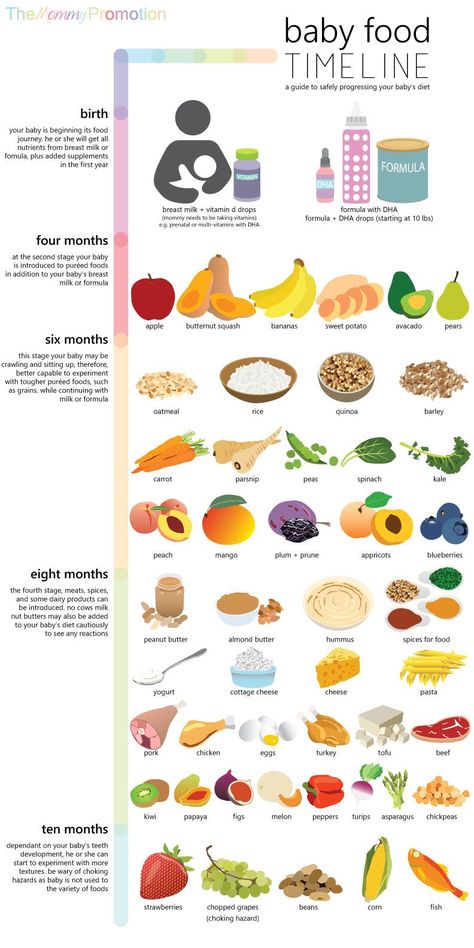 The occurrence of dyspepsia is in some cases preceded by a significant stress factor or a combination of these, as well as depression or anxiety 3, 11 .
The occurrence of dyspepsia is in some cases preceded by a significant stress factor or a combination of these, as well as depression or anxiety 3, 11 .
Treatment of dyspepsia
Treatment may include lifestyle changes, nutrition, medication, and in some cases psychotherapy 3 . The success of therapy largely depends on a particular person: discipline in terms of taking medications, food, following recommendations 11 . General recommendations are provided below.
one
Eating routine
Ideally, you should eat 5 or 6 times a day, in small portions 3, 11 , slowly, without swallowing air. Food should be chewed thoroughly so that it is abundantly moistened with saliva and is well crushed 4, 5 .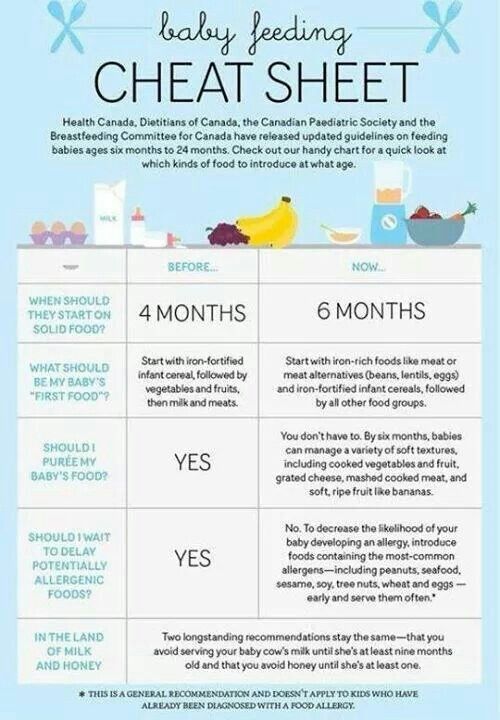 It is important not to overeat, especially before bed. Food and drinks should be consumed warm - not cold and not hot, closer to body temperature 3 .
It is important not to overeat, especially before bed. Food and drinks should be consumed warm - not cold and not hot, closer to body temperature 3 .
one
1 Regulation of food intake
Ideally, you need to eat 5 or 6 times a day, in small portions 3, 11 , slowly, without swallowing air. Food should be chewed thoroughly so that it is abundantly moistened with saliva and is well crushed 4, 5 . It is important not to overeat, especially before bed. Food and drinks should be consumed warm - not cold and not hot, closer to body temperature 3 .
2
Limit spicy food
2 Limit spicy food
Food should not be greasy, overly spicy and salty.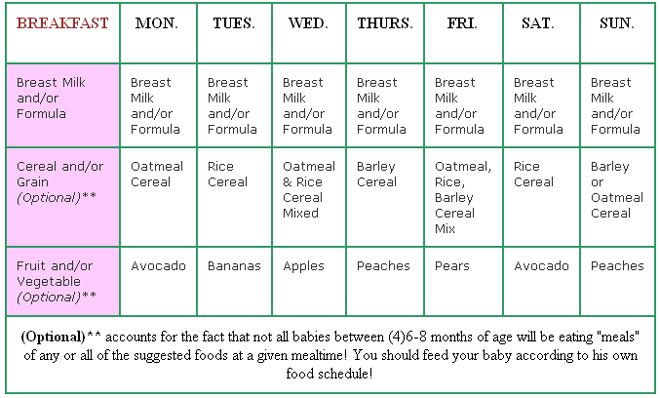 You should also limit coffee. It is better to choose dishes that have an enveloping effect: kissels, vegetable puree soups, liquid cereals, pumpkin or potato puree 3 .
You should also limit coffee. It is better to choose dishes that have an enveloping effect: kissels, vegetable puree soups, liquid cereals, pumpkin or potato puree 3 .
3
Exclusion of bad habits
It is necessary to exclude smoking and drinking alcohol. Bad habits are involved in the violation of the motor and secretory activity of the digestive tract and can provoke the return of diseases of the gastrointestinal tract 3 . It is also worth limiting the use of snacks: chips, crackers, burgers and hot dogs - fast food is often poorly compatible with a healthy lifestyle and a "normal" digestion process 1, 2, 8 .
one
3 Exclusion of bad habits
It is necessary to exclude smoking and drinking alcohol.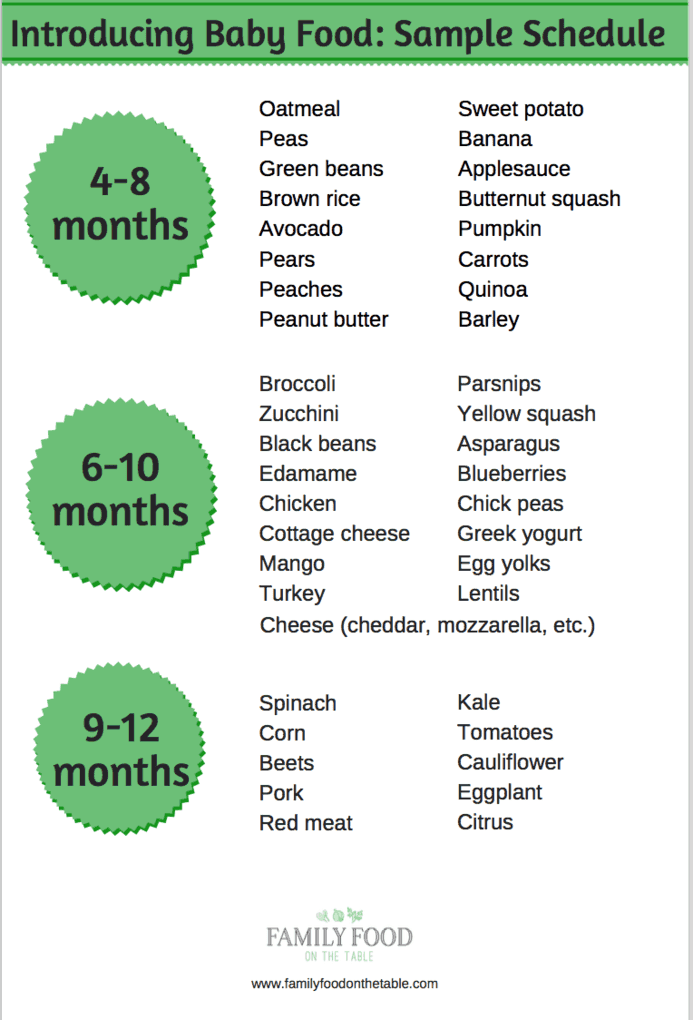 Bad habits are involved in the violation of the motor and secretory activity of the digestive tract and can provoke the return of diseases of the gastrointestinal tract 3 . It is also worth limiting the use of snacks: chips, crackers, burgers and hot dogs - fast food is often poorly compatible with a healthy lifestyle and a "normal" digestion process 1, 2, 8 .
Bad habits are involved in the violation of the motor and secretory activity of the digestive tract and can provoke the return of diseases of the gastrointestinal tract 3 . It is also worth limiting the use of snacks: chips, crackers, burgers and hot dogs - fast food is often poorly compatible with a healthy lifestyle and a "normal" digestion process 1, 2, 8 .
four
Stress reduction
4 Stress reduction
Indigestion may occur due to stressful situations 3 . To reduce the impact of stress, you can master the methods of psychological relaxation 12 . In difficult situations, it is worth contacting a specialist - a psychologist, a psychotherapist.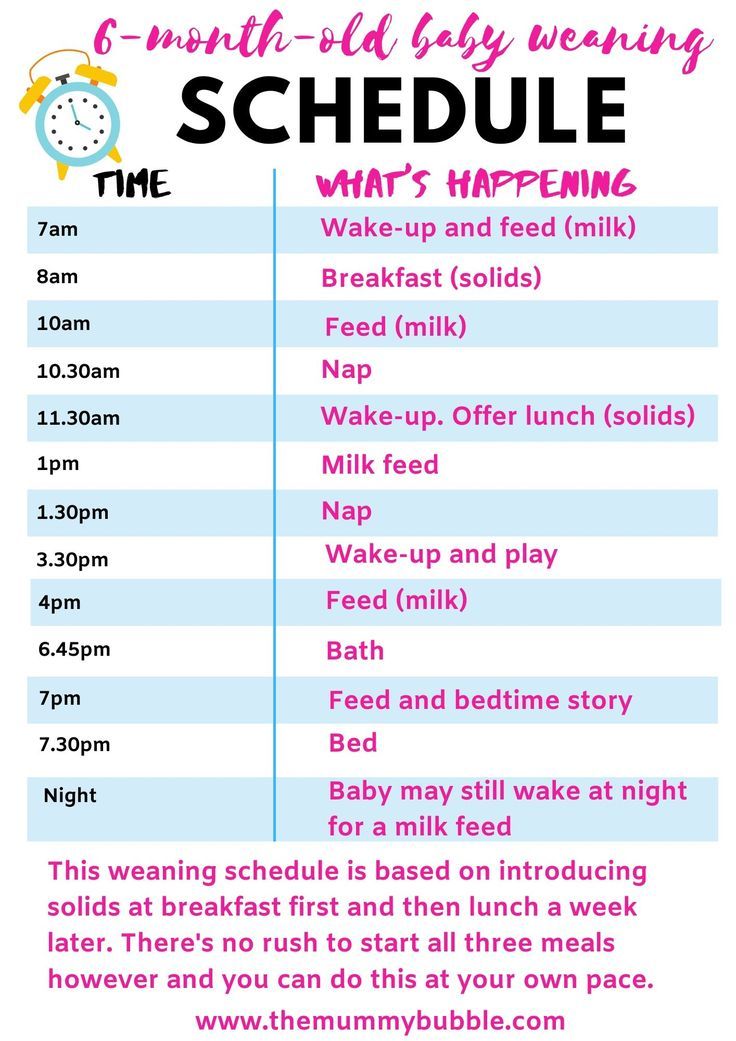
5
Sports activities
Adequate physical activity not only normalizes gastrointestinal motility, it can affect the tone of the whole organism. Try walking before bed, cycling and skiing, swimming, fitness, exercise therapy 1, 2, 9 .
one
5 Sports
Adequate physical activity not only normalizes the peristalsis of the gastrointestinal tract, they can affect the tone of the whole organism. Try walking before bed, cycling, skiing, swimming, fitness, exercise therapy 1, 2, 9 .
Medical assistance
In case of complaints of symptoms of dyspepsia, a specialist may advise taking medications containing digestive enzymes 14 .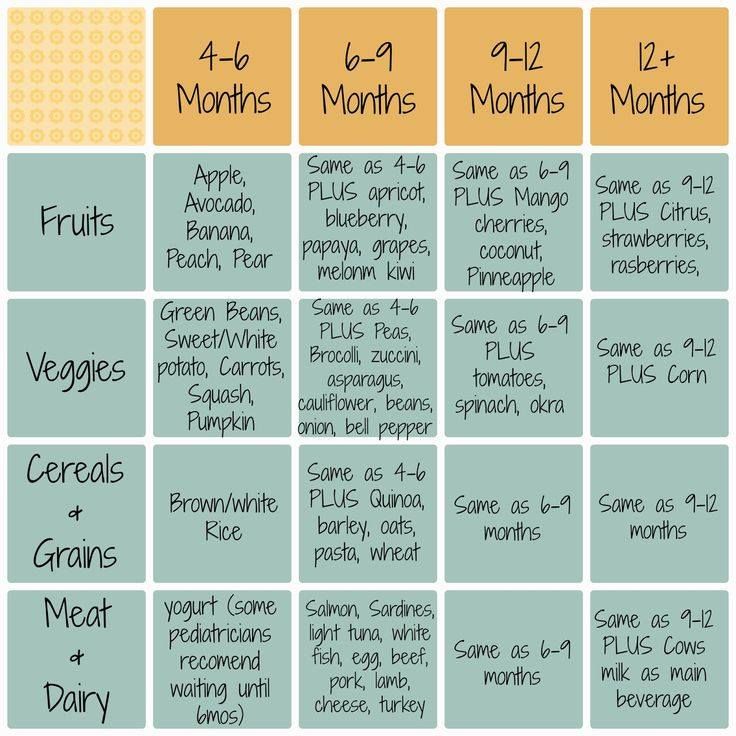 One of these drugs is Festal® 13 . The components of the preparation Festal® contribute to the improvement of the digestion of proteins, carbohydrates, fats, the release of the pancreas' own enzymes, as well as the reduction of gas formation in the intestines 13 .
One of these drugs is Festal® 13 . The components of the preparation Festal® contribute to the improvement of the digestion of proteins, carbohydrates, fats, the release of the pancreas' own enzymes, as well as the reduction of gas formation in the intestines 13 .
More about the drug
In case of complaints of symptoms of dyspepsia, a specialist may advise taking medications containing digestive enzymes 14 . One of these drugs is Festal® 13 . The components of the preparation Festal® contribute to the improvement of the digestion of proteins, carbohydrates, fats, the release of the pancreas' own enzymes, as well as the reduction of gas formation in the intestines 13 .